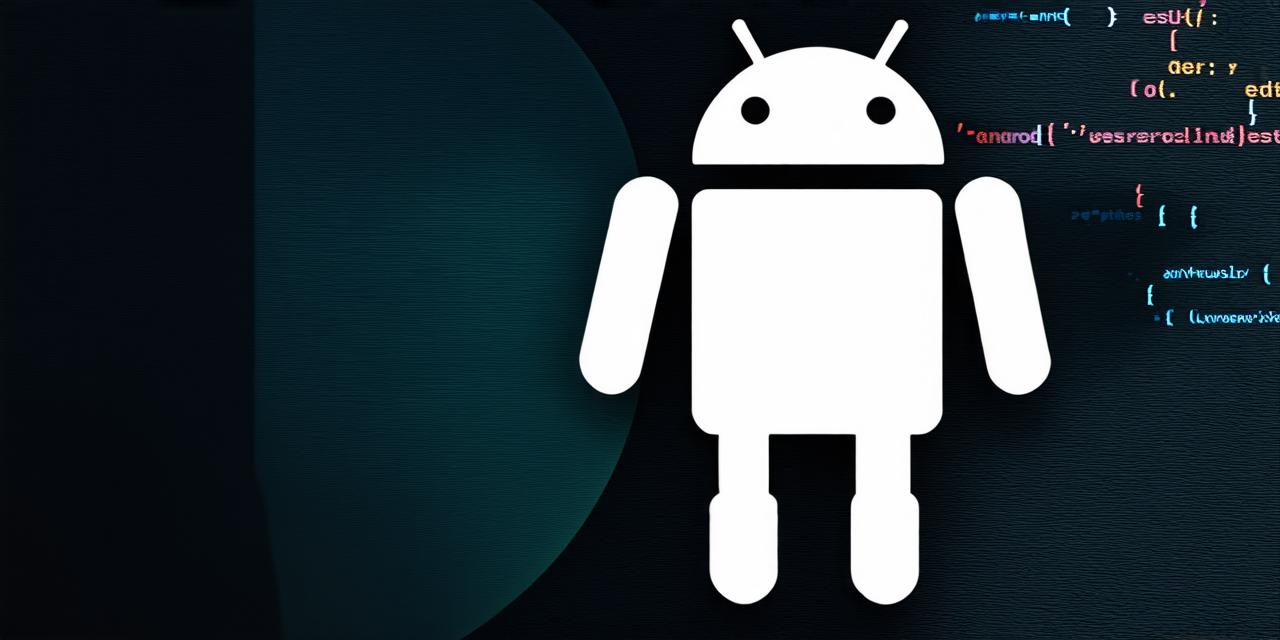Key Requirements for Android App Development
In the dynamic world of mobile app development, Android reigns supreme. With over 3 billion active devices worldwide, the potential for success is immense. But, crafting an Android app that resonates with users and soars in popularity requires a keen understanding of its key requirements.
1. Know Your Audience:
Understanding who will use your app is paramount. Conduct thorough market research, analyze user behavior, and tailor your app to meet their needs. A successful app solves a problem or fulfills a desire for its users.
2. Optimize for Android:
Android’s diversity demands adaptability. Ensure your app is optimized for various screen sizes, resolutions, and Android versions. Utilize Android Studio, Google’s official IDE, to streamline this process.
3. Code with Efficiency:
Clean, efficient code is the backbone of any successful app. Use Java or Kotlin, Android’s preferred languages, and adhere to best practices for readability and maintainability. Remember, a well-structured codebase makes future updates and bug fixes a breeze.
4. Embrace Material Design:
Google’s Material Design offers a unified visual language that enhances user experience across devices. Incorporate its principles of responsiveness, motion, and depth to create an app that feels intuitive and modern.
5. Optimize Performance:
A slow app is a forgotten app. Optimize your code for performance, minimize resource usage, and leverage Android’s various tools to identify bottlenecks. Remember, a smooth user experience can make the difference between a one-time user and a loyal fan.
6. Test Thoroughly:
Beta testing is crucial in the Android ecosystem. Release your app on Google Play Store as a beta version, gather feedback, and iterate based on user insights. This approach ensures a polished, bug-free final product.
FAQs:
1. Q: What are some popular tools for Android app development?
A: Android Studio, Google’s official IDE, is the most popular tool. Other options include IntelliJ IDEA and Eclipse.
2. Q: How can I ensure my app is optimized for various screen sizes and resolutions?
A: Use Android’s flexible layout system, which allows you to create responsive designs that adapt to different screen sizes and resolutions.
3. Q: What is Material Design, and why should I use it?
A: Material Design is a unified visual language created by Google. It offers principles for responsiveness, motion, and depth, enhancing user experience across devices. Using Material Design can make your app feel intuitive and modern.
